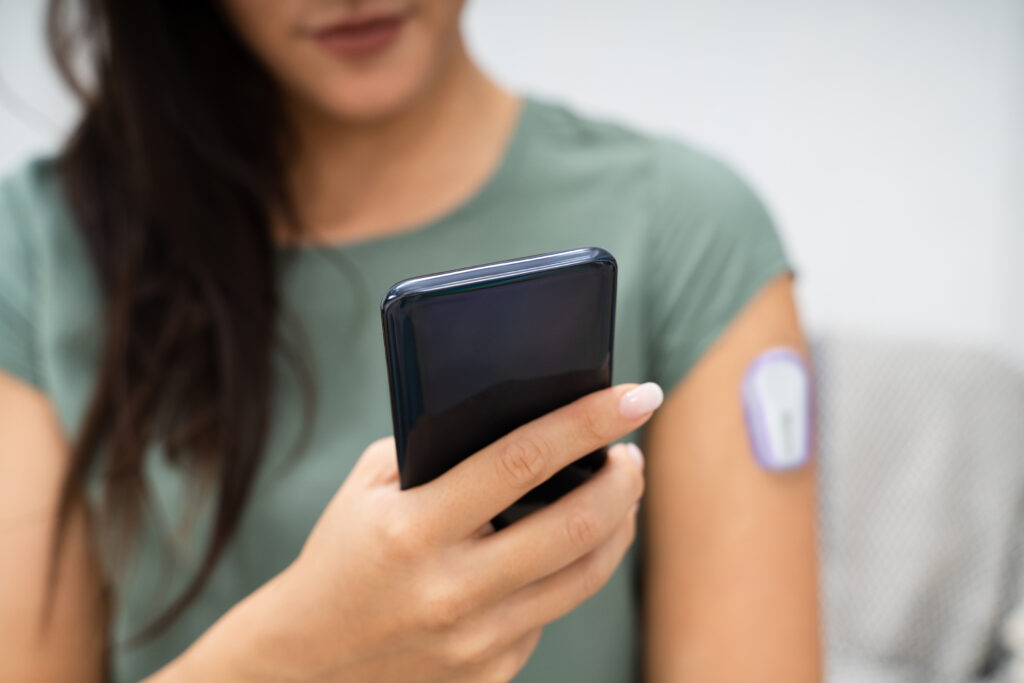The Impact of CGM: A Tale of Transformative Change
For Newton*, a resident of Kenya grappling with type 1 diabetes (T1D), the shift from a decade of daily finger pricks to a brief trial of a continuous glucose monitor (CGM) unveiled a new realm of possibilities.
The data points provided him with unprecedented insights into his blood glucose levels throughout the day and night, fostering a profound understanding of the intricate relationship between his insulin regimen, dietary choices, and productivity at work. Please fill out the form if you or a friend would like more information on Glucose Monitors Devices.
Yet, this transformative experience remains elusive for many across the globe. While CGMs have become the norm in high-income nations, individuals in low- and middle-income countries (LMICs) like Kenya, where Newton resides, grapple with limited accessibility. Financial constraints often prevent continued usage after trial periods end, presenting a barrier to this life-changing technology.
Must Read CGMs in noncritical care hospitals optimizes glycemic control
Bridging the Divide: Challenges Faced in LMICs
In LMICs, one in five individuals living with T1D faces an uphill battle due to restricted access to vital resources. Inconsistent availability of insulin, and glucose testing supplies, and inadequate healthcare infrastructure pose formidable challenges. Without robust glucose management, individuals with T1D in these regions grapple with severe complications, leading to shortened life expectancies.
Anita*, navigating T1D in Indonesia, highlights the hurdles of procuring CGM supplies through informal channels. This precarious situation, aggravated by events like the COVID-19 pandemic, disrupts her diabetes management, hindering consistent care. Additionally, the absence of local expertise compels reliance on online communities for support.
Read Guide about Wegovy Dosage Guide: The Best Way For Weight Loss
Similarly, Thapi* in South Africa encounters a scarcity of diabetes specialists, compelling her to travel extensively for adequate healthcare support, amplifying the challenges associated with CGM utilization.
Tailoring CGMs for Diverse Environments: The Need for Localization
While strides have been made, the technical deficiencies of CGMs persist in LMICs. The adhesives used in warmer and more humid climates are ill-suited, raising concerns about durability and effectiveness. These challenges underscore the necessity for CGM manufacturers to adapt technologies to diverse environments, ensuring robust functionality and durability.
Empowering Health Systems for CGM Integration: The Crucial Role of Healthcare Providers
For Thapi and Anita, the reliance on online platforms for managing CGMs accentuates the importance of healthcare provider involvement. Strengthening the capabilities of healthcare professionals to interpret CGM data and support patients becomes imperative. Investments in training programs not only enhance healthcare outcomes but also foster cost-effectiveness and improved quality of life for individuals navigating T1D globally.
Also, read about Insulin Delivery Device Evolution
A Call for Collaborative Action: Paving the Path to Universal Access
The journey towards equitable access to CGMs necessitates collaboration among governments, international organizations, and local communities. Bridging this gap ensures every individual grappling with T1D has access to transformative CGM technology and the support of a robust healthcare system and community.
Newton, Anita, and Thapi have graciously permitted the authors to share their stories in this narrative.
Nikhita Gopisetty, pursuing a Master’s in Global Health at Duke University and a T1D advocate, is an integral part of the non-communicable diseases program at FIND.
Riva Greenberg, a global diabetes advocate, author, and speaker, shares her thriving approach to life with diabetes.
Lejla Druškić Mustafić, a nurse and T1D advocate, serves as a consultant at FIND, dedicated to advancing diabetes care.
This comprehensive exploration delves into the transformative potential of continuous glucose monitoring in diabetes care, offering insights into the global challenges and opportunities in harnessing this technology for universal benefit.


